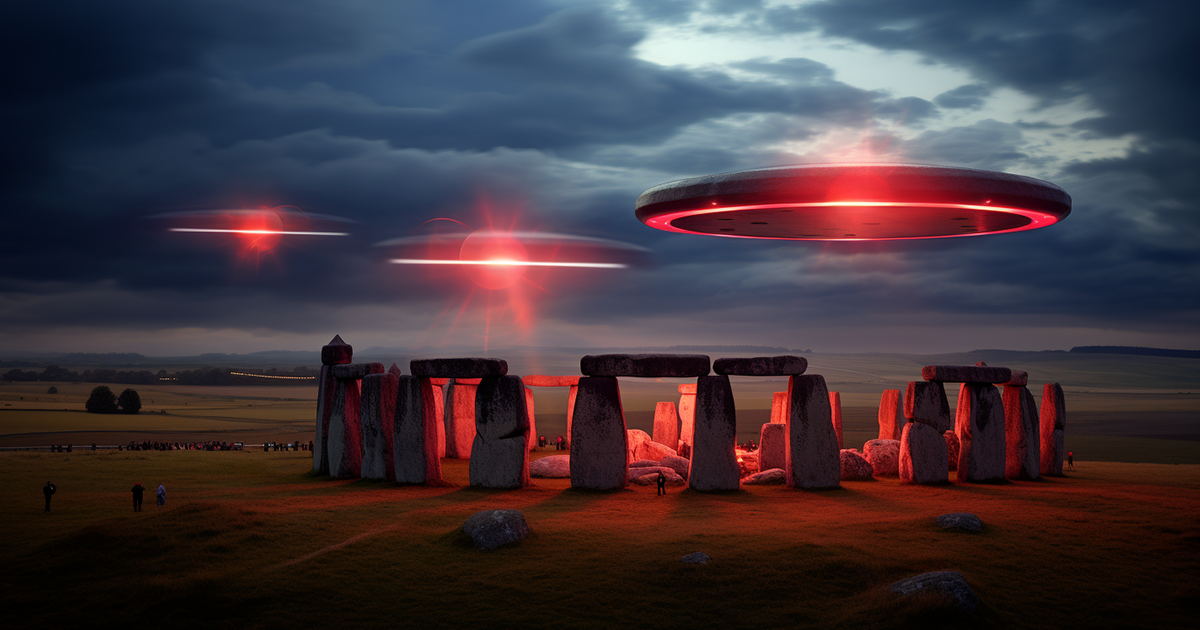Stonehenge, located atop Salisbury Plain in Wiltshire, England, is undeniably one of the most iconic ancient structures in the world. Constructed around 3100 BC, this enigmatic monument has fascinated humanity for centuries. However, what often goes unnoticed is that the area surrounding Stonehenge is, in fact, a massive graveyard, with thousands of ancient skeletons recovered from the vicinity. These skeletons reveal that many of the deceased suffered from a variety of afflictions, ranging from mundane injuries to severe conditions. But what’s the real story behind these ailments, and could Stonehenge have been a place of healing in ancient times?
It’s easy to dismiss these ailments as simply a consequence of living in a time when medical care was primitive at best. However, according to archaeologists, there might be a more intriguing explanation.
In 2008, a significant discovery shed new light on Stonehenge’s role. A mass of skeletons was found buried in the region, and astonishingly, 50% of these skeletons originated from distant places. This fact begs the question: why did these people come to Stonehenge? Some researchers suggest that Stonehenge may have served as a healing site, akin to a temple for healing.

The idea of ancient people traveling to Stonehenge to seek healing is indeed intriguing. But what made them believe that this mysterious monument held the power to cure them? The answer, some argue, lies in the stones themselves, particularly the bluestones.
Timothy, an expert on Stonehenge, explains that while the outer structure of Stonehenge is built from local stones, the inner circle is made up of bluestones. These bluestones, named for their blue-green hue and white spots, hold clues to their potential healing properties. Scientific studies reveal that these stones originated from the Preseli Hills in southwest Wales, approximately 140 miles from Stonehenge.
What makes the bluestones special is their historical association with healing. Folklore accounts suggest that people used water in connection with these stones to promote healing. Stonehenge, therefore, might have been a place where belief and the power of the bluestones played a significant role in healthcare.
However, it’s essential to recognize that ancient healing practices differed significantly from modern medicine. Medical science in those times was heavily reliant on belief and faith. Stonehenge served as a center where belief in the healing power of the bluestones was the foundation of healthcare.
Kathleen, another expert, highlights the deep-rooted connection between ancient cultures, particularly in Britain, and their belief in the power of nature. Stonehenge, with its majestic stones, could have been seen as a source of energy that had the potential to help those who came seeking healing.
In summary, while Stonehenge’s true purpose remains shrouded in mystery, the evidence suggests that it might have served as a place of healing and belief for ancient people. The bluestones, with their historical significance, hint at a connection between Stonehenge and the pursuit of well-being in ancient times. Regardless of the specifics, Stonehenge continues to be a symbol of intrigue and wonder, reminding us of the enduring mysteries of our ancient past.

26 thoughts on “Stonehenge: A Place of Ancient Healing and Belief”
Comments are closed.